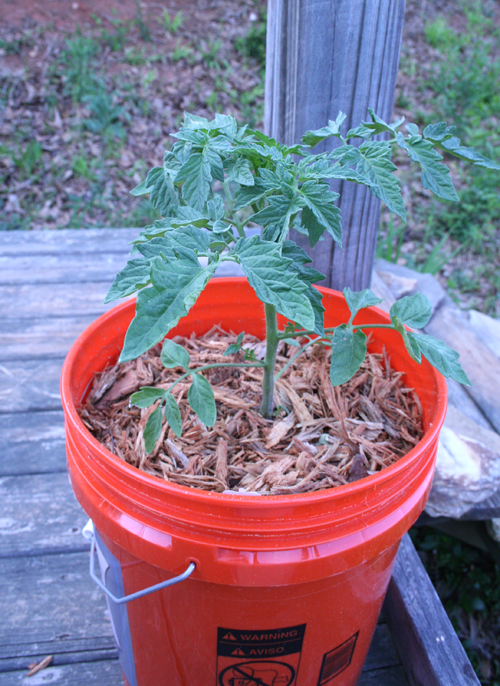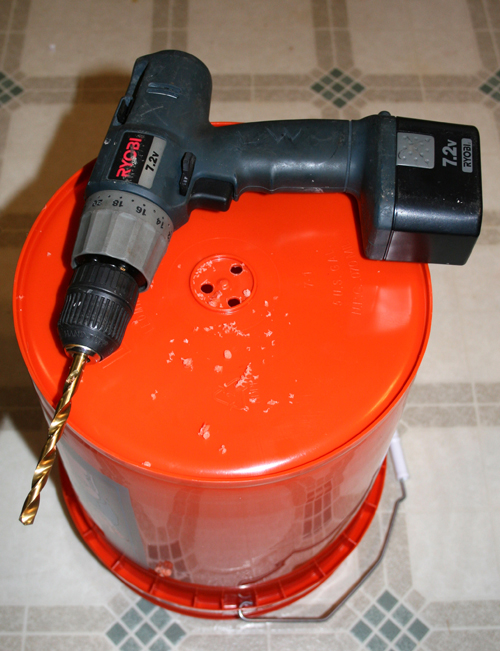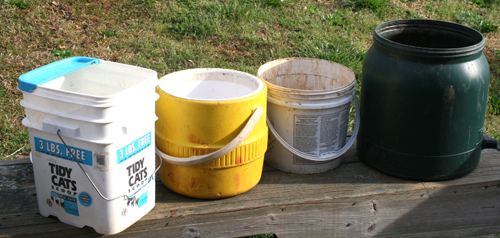Are you ready for fresh tomatoes from the garden? University of Georgia Cooperative Extension recommends growing tomatoes in a garden or in containers for the best results. And, Spalding County Extension coordinator Wade Hutcheson has a few more suggestions to make tomato season even better.
First, he says, strive to grow a healthy plant that’s not stressed in any way. Provide adequate nutrition, water, pest management and timely harvest.
He gives these tried-and-true growing tips:
Pick the right pot. For tomato container gardens, Hutcheson suggests using a pot at least as big as a five-gallon bucket. Make sure to drill drainage holes in the bottom of the container before planting the tomatoes.
Select the right site. Tomatoes need at least six hours of sunshine per day. Avoid trees and hedges, and place garden-grown plants or containers in convenient locations.
“Remember, you are going to have to water your plants, so don’t place them too far away from your home,” he said. “Plants in containers will dry fairly fast so check them daily.”
Ventilation is also important. Tomatoes should be grown no closer than three feet apart to allow lots of air to move through them, which will aid in drying. Space plants 2 to 3 feet apart in rows 4 to 6 feet apart.
Plant properly. When installing plants, Hutcheson says first gently pinch off the lowest leaves. Then place the plant deeply into the soil, up to the first set of true leaves. Firm the soil around the transplant.
Do a soil test. Don't fertilize until you get a soil test report. In general, add about a pint of starter fertilizer (make one by adding 2 tablespoons of 5-10-15 to one gallon of water and letting the mixture soak 24 hours) to the first watering, Hutcheson said.
Fertilize lightly every two to three weeks until the fruit are about the size of a nickel. Then, stop until those first fruit come off.
“Over-fertilization, especially with nitrogen, can lead to a 10-foot plant with no fruit,” he said. “It can also contribute to blossom end rot.”
Water well. Tomatoes and other vegetable plants should be watered deeply and infrequently to encourage a deep root system. But don’t allow them to go dry. Drip or soaker hoses are efficient, productive ways to provide water.
Give them support. When tomato plants begin to grow, they should be staked or caged. “Keep in mind the cage has to support a good bit of weight,” Hutcheson said. “It needs to be sturdy enough not to bend in the wind, too. Heavier cages tend to serve the purpose better.”
Protect with mulch. Adding mulch around plants helps retain water. It also keeps soil from splashing onto the fruit, stems and leaves. Dirty plants can contribute to diseases, which can be difficult to deal with. Plants that show signs of disease should be pulled out of the garden to help slow disease spread.
Watch for trouble. Common insect pests include whiteflies, aphids, caterpillars and hornworms. Regular scouting and proper control measures are a must.
“No matter what, your results and your mileage may vary due to your cultural practices and the varieties you pick,” he said.
For more information on growing tomatoes and other garden plants, contact your local UGA Extension office at 1-800-ASK-UGA1 or check out our gardening publications online at www.ugaextension.org.









